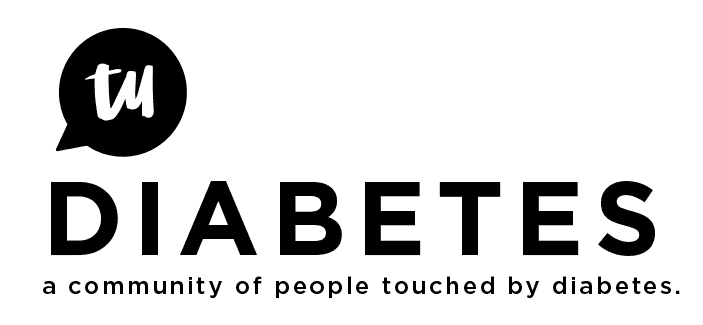I don’t backpack a lot anymore. I’m more of a day hiker now (darn adulting takes up too much time). I used to be avid, though. I learned a long time ago about making my own dehydrated meals that are more meat and veggies and less cheap filling carbs than traditional backpacking meals. Just about anything will rehydrate with a little time and insulation.
I carry a collapsible silicone Tupperware-type container that does double duty as a cooking and eating vessel, and an insulated lunch bag that I got from the dollar store. Boil water on camp stove, empty dehydrated meal in silicone bowl, clamp on bowl lid and stuff in insulated bag. Ten minutes to dinner. And so much better than anything you’d buy from Mountain House.
With a little experience, you’ll be making your own combination of foods in no time, but there are plenty of books to get you started. Recipes for Adventure is probably one of the most popular, but it will require a lot of substitution to lower the carb count. I basically just triple the veggies in his recipes and leave out all the rice and pasta. “The Dehydrator Bible”, by Jennifer Mackenzie is my favorite, though. It has a whole chapter on cooking on the trail full of recipes similar to what we’d usually eat at home anyway, like lemon honey garlic chicken, squash and lentil soup, sweet potato and red pepper soup, curried chicken with apples, Chipotle beef chili, andThai noodles (that I sub spiralized and dried squash intead of rice noodles).
Also, you can dehydrate leftovers from your at home cookef meals, pulse them into finer bits that will rehydrate easier in a food processor, and enjoy them on the trail the same way. I do a lot of things like green chili, veal picatta, butter chicken, and mango dal this way. Yummy! If you’ve joined the instant pot craze, anything cooked in a pressure cooker will rehydrate exceptionally well.
I pack foods with slightly more carbs in it then I would eat at home, but still pretty moderate comparably. I’d check your local library for any dehydrated foods cookbooks and see if you can borrow someone else’s dehydrator and vacuum sealer before investing in your own, but it’s totally worth it for saving weight and space… And still eating like royalty.
My partner is a contract pilot for business jets and always globetrotting. I send these meals with him on the road all the time and people always gawk jealously at his dinner
These higher fat meals will oxidize and taste funny if they’re not vacuum sealed, though. You have to either package them fast or keep things like dried pork or hamburger frozen till you are ready to package meals.

